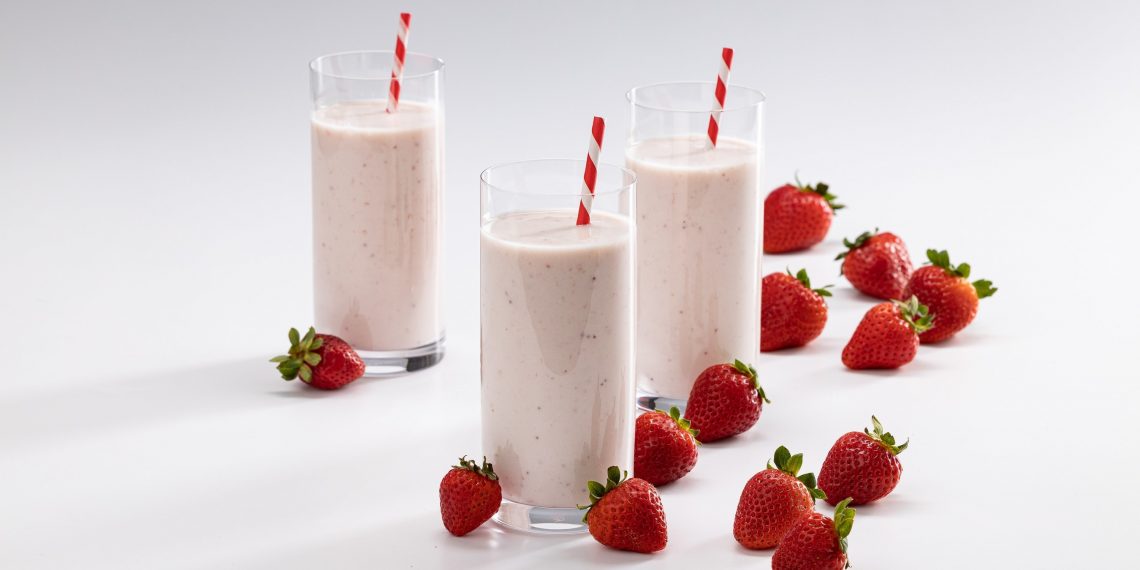CP Kelco, one of the most global leaders of nature-based ingredient solutions, announced that it will invest more than $50 million to expand production capacity for NUTRAVA™ Citrus Fiber, based on strong customer demand and market potential. With this significant capital investment, the company will have ample capacity for supporting current and future customers’ citrus fiber supply needs.
The expansion project will add a second NUTRAVA™ Citrus Fiber production line to the company’s facility in Matão, Brazil, increasing total capacity to approximately 5,000 metric tons and establishing CP Kelco as a leading citrus fiber supplier to food, beverage and consumer product manufacturers worldwide. The new production line is expected to be complete and operational in 2023, with options to incrementally expand capacity in the future based on customer needs.
Launched in December 2019, NUTRAVA™ Citrus Fiber is a unique, next-generation ingredient made from sustainably sourced citrus peels, a byproduct of the juicing industry. Developed in response to continuing consumer demand for food and beverage products with less ingredients, less sugar and less fat, NUTRAVA™ Citrus Fiber can help manufacturers of these products meet clean label needs while achieving critical functionality that ensures their desired taste and texture. Key applications include condiments, dressings, soups, fruit-flavored beverages, bakery goods, and dairy and alternative protein products.
“We are excited about reaching this important milestone in our journey with NUTRAVA™ Citrus Fiber, which originated as a proof-of-concept only four years ago,” said Didier Viala, President of CP Kelco. “As a result of strong collaboration amongst our global team members and development partners since that time, our citrus fiber has evolved into a robust product line for use across a range of food and beverage applications, with a growing customer pipeline globally. We look forward to continuing to explore the possibilities for NUTRAVA™ Citrus Fiber in additional application segments.”




















